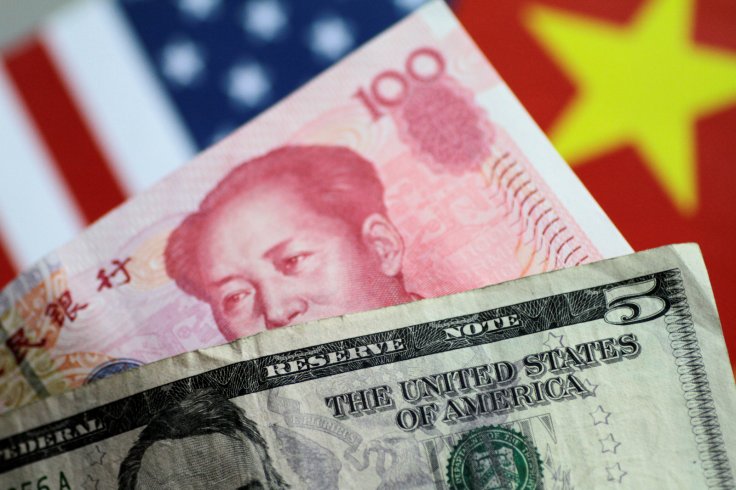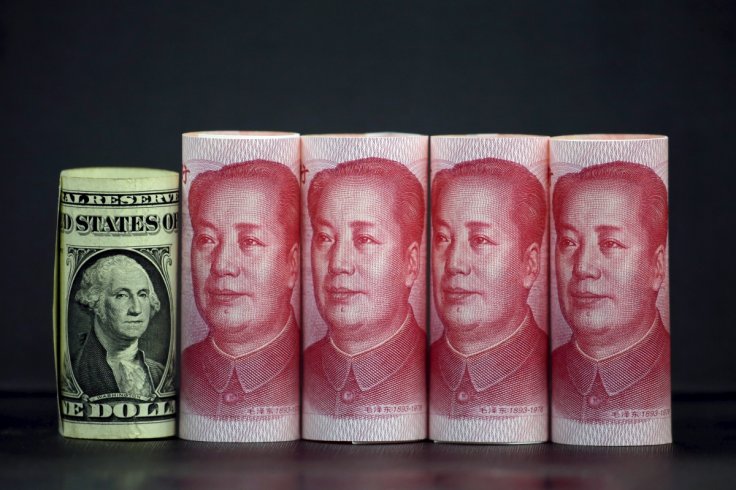The Chinese Yuan marked a milestone in March when it surpassed the US dollar as the most widely used currency for Chinese cross-border transactions. It was the first time ever the renminbi overtook the greenback, official data showed.
Yuan was used for cross-border payments and receipts worth $550 billion in March, rising from $434.5 billion a month earlier, Reuters reported, citing data from the State Administration of Foreign Exchange.
15% Rise
In 2022, a whopping $6 trillion worth of China’s country’s cross-border payments and receipts were settled in the Chinese currency. This marked a 15 percent rise from the previous year, Chinese media reported earlier, citing data from the People’s Bank of China.
In march this year, yuan was used in more than 48 percent of all cross-border transactions, while the dollar was used only in about 46 percent of transactions, declining from more than 48 percent in the previous month.
SWIFT Data
Meanwhile another dataset from the international payment system SWIFT revealed that yuan’s rise in global currency transactions was inching up. In March, the renminbi’s share rose to 4.5 percent, while the share of the greenback edged down to 83.7 percent.

REUTERS/Thomas White/Illustration
Last week, a report showed that the US dollar has lost 11 percent of its market share since 2016, indicating that the prospect of the greenback losing its status as the undisputed reserve currency is strong. According to analysts at Eurizon SLJ Capital, the pace at which the US dollar is losing its reserve status has steeply increased in the last decade. This happened as many countries or alternatives to the US dollar after the US and the western allies targeted Russia’s financial system and sought to cut it off international lifelines following the Ukraine war.
Yuan’s Rise as Reserve Currency?
China has always been seen as harboring ambitions to topple the US dollar’s status as the safe haven currency. The increasing status of the Chinese yuan as a favored currency for international trade has often set off talks of the renminbi once replacing the dollar as a reserve currency. Though that is a far fetched possibility considering that the Chinse yuan needs to achieve full convertibility status, more and more countries are abandoning the US dollar for international trade.

Reuters
However, a host of factors are helping Beijing in its currency push. Last year, Saudi Arabia announced a huge policy shift when it said was exploring the chances of pricing some of its oil sales to China in yuan, sidestepping the US dollar. “The dynamics have dramatically changed. The US relationship with the Saudis has changed, China is the world’s biggest crude importer and they are offering many lucrative incentives to the kingdom … China has been offering everything you could possibly imagine to the kingdom,” a Saudi official said.







